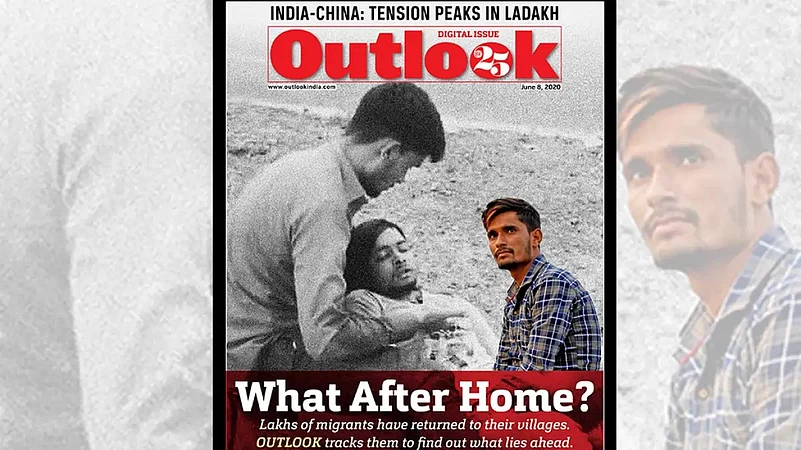It was three years ago on March 24, 2020 when Prime Minister Narendra Modi announced a nation-wide lockdown for 21 days, leaving 1.3 billion people across the country locked in, stranded and confused.
The days that ensued saw an abrupt closure of inter-city and inter-state transportation and social institutions of all kinds, deserted cities, crashed markets and millions of jobless migrant labourers stuck on foot as the government closed state borders and daily wage work.
But most of all, India’s health care systems saw one of its biggest challenges with the country setting records in the number of Covid-19 cases it reported.
In what was the biggest single-day increase in cases since the beginning of the pandemic, India reported nearly 2.5 lakh fresh infections in January 2022, as the tally went past the 2-lakh mark for the first time since May 26 of the previous year.
Through its issue ‘What After Home?’ in June 2020, Outlook looked at the scale of this disaster that befell upon millions of migrants who were frantically attempting to reach home in distant towns and villages that lie beyond urban India.
K.P Kannan wrote of how this mass exodus took the form of shock therapy, putting a vast segment of India’s workforce under threat of death by Covid-19 away from their dear ones, or of death by exhaustion and starvation in the company of their near ones. “No other country claiming to be democratic would have done this. But the Indian government did exactly that,” he wrote.
The issue narrated stories of many such migrants who made their journey back home. One such story was of five young men in their twenties who ventured on a cycle journey from Visakhapatnam in Andhra Pradesh to their Jamalpur village in Bardhaman district in West Bengal, all while facing the build-up of cyclone Amphan.
While five of them managed to reach their destination, in the opposite corner of the country, two friends embarked on a journey back home, but only one returned alive. This was another such story of two migrant workers returning from Surat in Gujarat, where they worked in a textile unit, to their village Devari, 1,500 km away in Uttar Pradesh’s Basti.
The issue also looked at how the fear of virus led to bizarre methods being employed to “sanitise” the migrants – whether it was the overzealous district authorities in Bareilly hosing down returning folk with bleach or seven villagers from remote village in West Bengal’s Purulia quarantining themselves on banyan trees so as to protect their families living in huts, and themselves from elephants.
But the fear was also of the policeman. Outlook looked at how the police brought the baton cracking down on skin and bone to empty out our public spaces. Baton-waving policemen were making the migrants crawl, or duck-walk, or frog-march as they were trying to get back to the security and familiarity of faraway homes in strange and uncertain times, with no other means to do it except on their feet.
On the third anniversary of the first lockdown, Outlook revisits the migrants’ battle to survive in the open while braving hunger, heat, and intermittent police high-handedness.
















